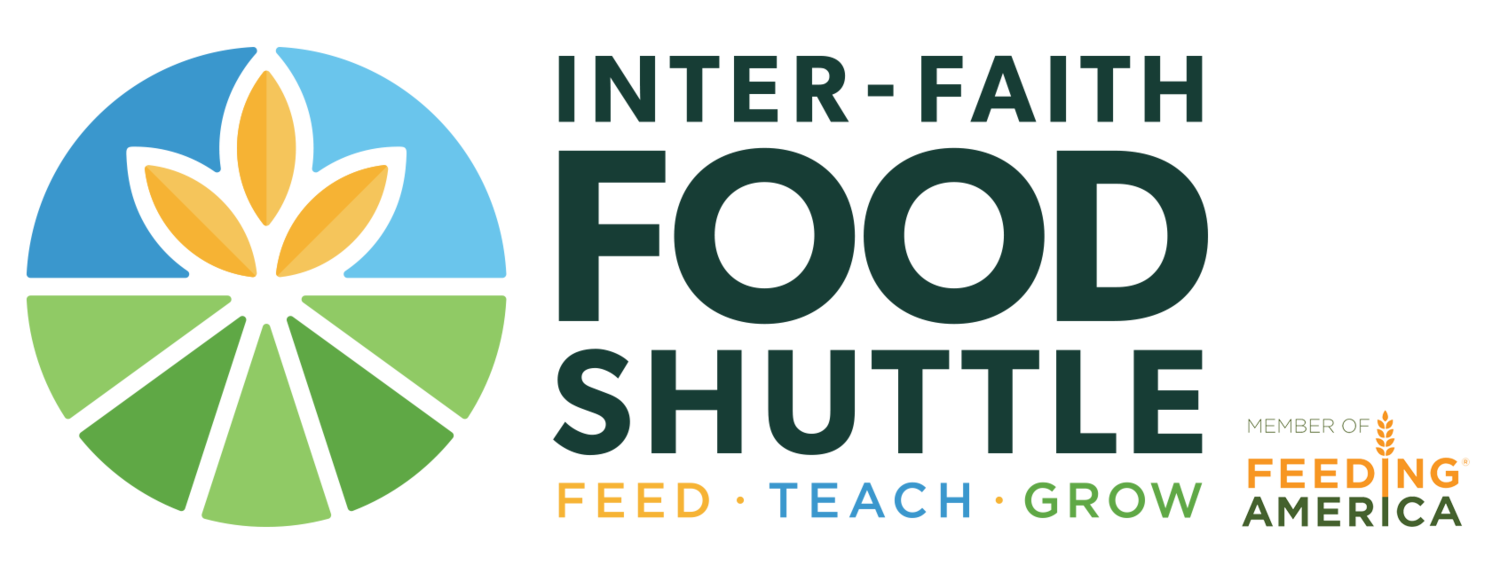The following post is written by NCSU student, Madelaine Frye. It is the 2nd in a series of blogs she will be writing chronicling her experience as Nutrition Instructor in her second section of spring OFL classes. Read Week 1 here. Madelaine is teaching OFL as part of a Service Learning Class that has teamed up North Carolina State Students with the Inter Faith Food Shuttle’s OFL/Nutrition Program. Through this partnership the IFFS and NCSU hope to engage students in service learning and community nutrition while expanding the reach of its OFL program. My name is Madelaine Frye and I am a senior Nutrition student at NC State. I am fortunate enough to be working with an amazing group of fellow students to teach the OFL Side by Side class in Knightdale’s Headstart Center. I have been keeping you all informed on how our classes have been progressing through our six-week healthy lifestyle adventure. This week sure was full of exciting activities and information!
For our second week, the class came together and learned many new things about economic ways to purchase healthy foods, and how to tell the differences between whole and refined grains. When purchasing foods, seasonality is an important issue. Buying foods that are not common for that time of year can make them not only more costly, but they also may not be very ripe either. Whether you purchase canned, frozen, or fresh foods, it is still a good choice because no matter what you are incorporating fruits and vegetables into your diet. Whole grains provide nutrients, and fiber, which may reduce the risk for some chronic diseases. Fiber is important because it helps us feel full and helps prevent overeating. Refined grains lose many nutrients, which are processed and added back later on in the production process. It is recommended that at least half of our grains should be whole.
We were also very lucky to plant our first snap pea plants! Byron, our class gardener, made sure to tell everyone the proper ways to care for their plants, such as making sure to water it every day, and place it in lots of sun light. Every plant also had a green stick for it to wind up as it starts to grow. Each family got to take them home to care for while they blossom over the next couple of weeks. We hope to keep track of every plant’s successful blooming!
At the end of the day, we cooked an amazing meal of Barley Jambalaya. Chopping up all of the vegetables was no problem with our talented parents showing off their knife skills that they had learned the week before. The children were great kitchen aids by collecting the chopped vegetables, mixing all of the spices, and helping to set the table. Chef Jay really enjoys the amazing help and company in the kitchen!
It is always nice to sit down and enjoy a comforting meal with your family that you made together. All the families loved our dinner and were discussing the different vegetables and spices that you could substitute and experiment with. We can’t wait to cook some fun and easy snacks next week!
Barley Jambalaya
serves 6
Ingredients:
- 1 cup barley*
- 4 cups water
- 2 whole bay leaves
- 2 medium celery stalks
- 1 medium green bell pepper
- 3 medium onions
- 2 medium cloves garlic
- 4 ounces turkey ham*
- 1-tablespoon canola oil
- 1-teaspoon salt
- ¼ teaspoon cayenne pepper
- 1-½ teaspoons dried oregano
- 1 teaspoon ground black pepper
- 1 (28 ounce) can diced tomatoes, no salt added
Directions:
In Advance:
- Measure and place barley in a colander and rinse under cold water. Add barley, water, and bay leaves to a medium saucepan.
- Bring to a boil over high heat. Reduce heat to low, cover pot, and cook 45 minutes or until barley is tender. Place barley in a colander, draining any excess water, and set aside.
Preparation:
- Rinse celery and green pepper.
- Peel and rinse the onions. Peel garlic cloves.
- Dice onion, celery, and green peppers. Mince garlic.
- Dice turkey ham into tiny, ¼-inch pieces.
- Heat large soup pot over medium heat, and add canola oil when pan is hot. Add meat, onions, celery, peppers, and garlic to the soup pot. Mix well.
- Sauté 5-10 minutes, scraping bottom of pan periodically.
- Measure and add salt, cayenne pepper, oregano, and black pepper to the pot, along with the canned tomatoes, and stir.
- Bring to a boil over high heat. Cover, reduce heat, and simmer for 15 minutes.
- Add cooked barley, and stir to combine.
- Add more liquid, if necessary, and cook over low heat for another 5-10 minutes to combine flavors and reheat the barley.
- Remove bay leaves before serving.
*Chef’s Notes:
Turkey ham can be substituted with ham, turkey, chicken, or turkey sausage. You can also substitute brown rice for barley if you like. To save time, cook the barley up to two days ahead of time, refrigerate, and add to soup pot in step 11.
